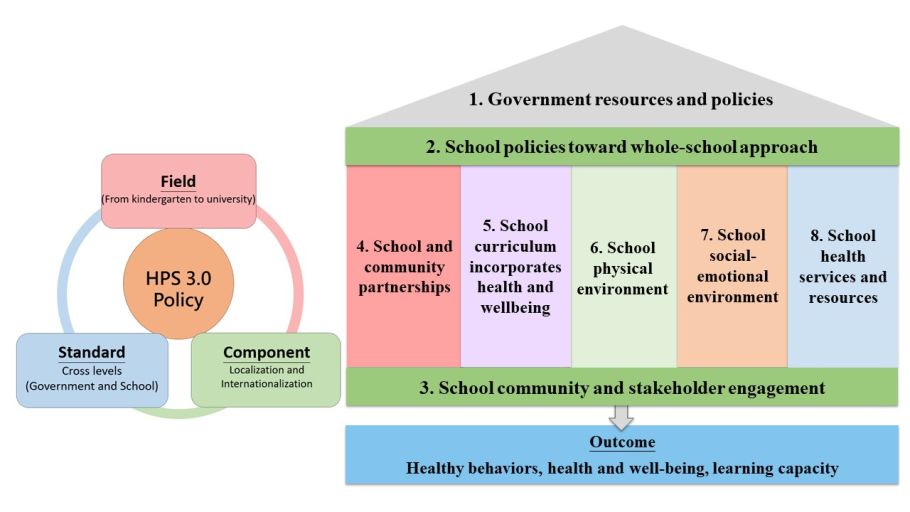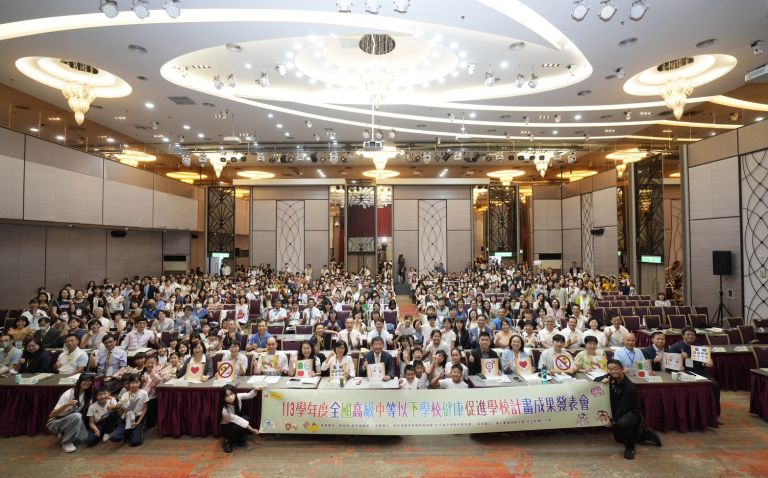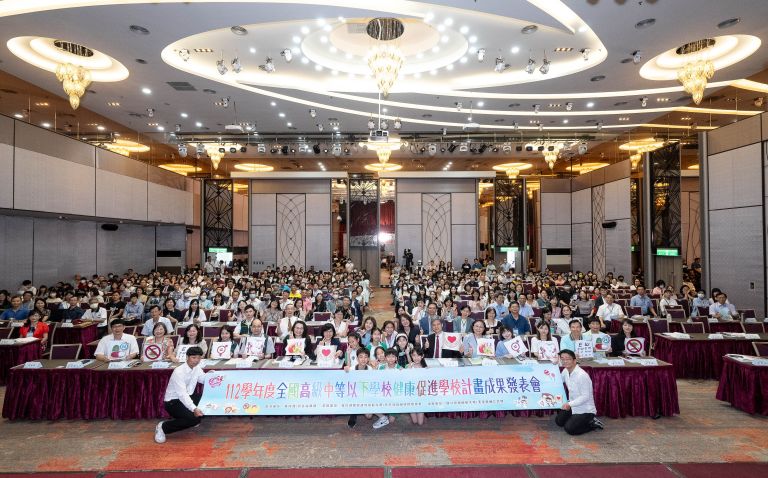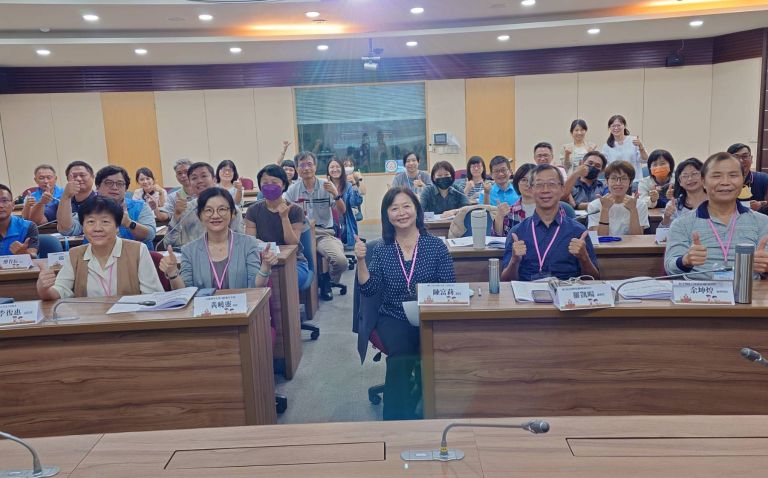
【分享】114年健康促進學校特色獎勵計畫--卓越金質獎案例分享
【Announcement】 "How to build a Health-Promoting School: A Guide to Exemplary Cases" (Chinese version) Handbook is Now Available
【News】2025 Health Promoting Schools Feature Award Competition "Health Promoting Schools Cultivate Deeper Student Health"
 2025-06-24 Health Promoting School Project Presentation
2025-06-24 Health Promoting School Project Presentation
K-12 Education Administration (MOE) & Health Promotion Administration (HPA) 「2025 Health Promoting School Project Presentation」 (Health Promoting School Feature Award Competition)
 2024-06-27 Health Promoting School Project Presentation
2024-06-27 Health Promoting School Project Presentation
K-12 Education Administration (MOE) & Health Promotion Administration (HPA) 「2024 Health Promoting School Project Presentation」 ( Health Promoting School Feature Award Competition )
 2023 Empowerment Training Workshop for Core Staff of Health-Promoting Schools, Education Units and Health Units
2023 Empowerment Training Workshop for Core Staff of Health-Promoting Schools, Education Units and Health Units
2023 Empowerment Training Workshop for Core Staff of Health-Promoting Schools, Education Units and Health Units 9/14 1st Empowerment Training Workshop (Taichung City) 9/19 2nd Empowerment Training Workshop (Taitung County) 9/21 3rd Empowerment Training Workshop (Yunlin County) 11/16 4th Empowerment Training Workshop (Taichung City, Taitung County, Yunlin County, New Taipei City, Changhua County, Chiayi County, Tainan City)